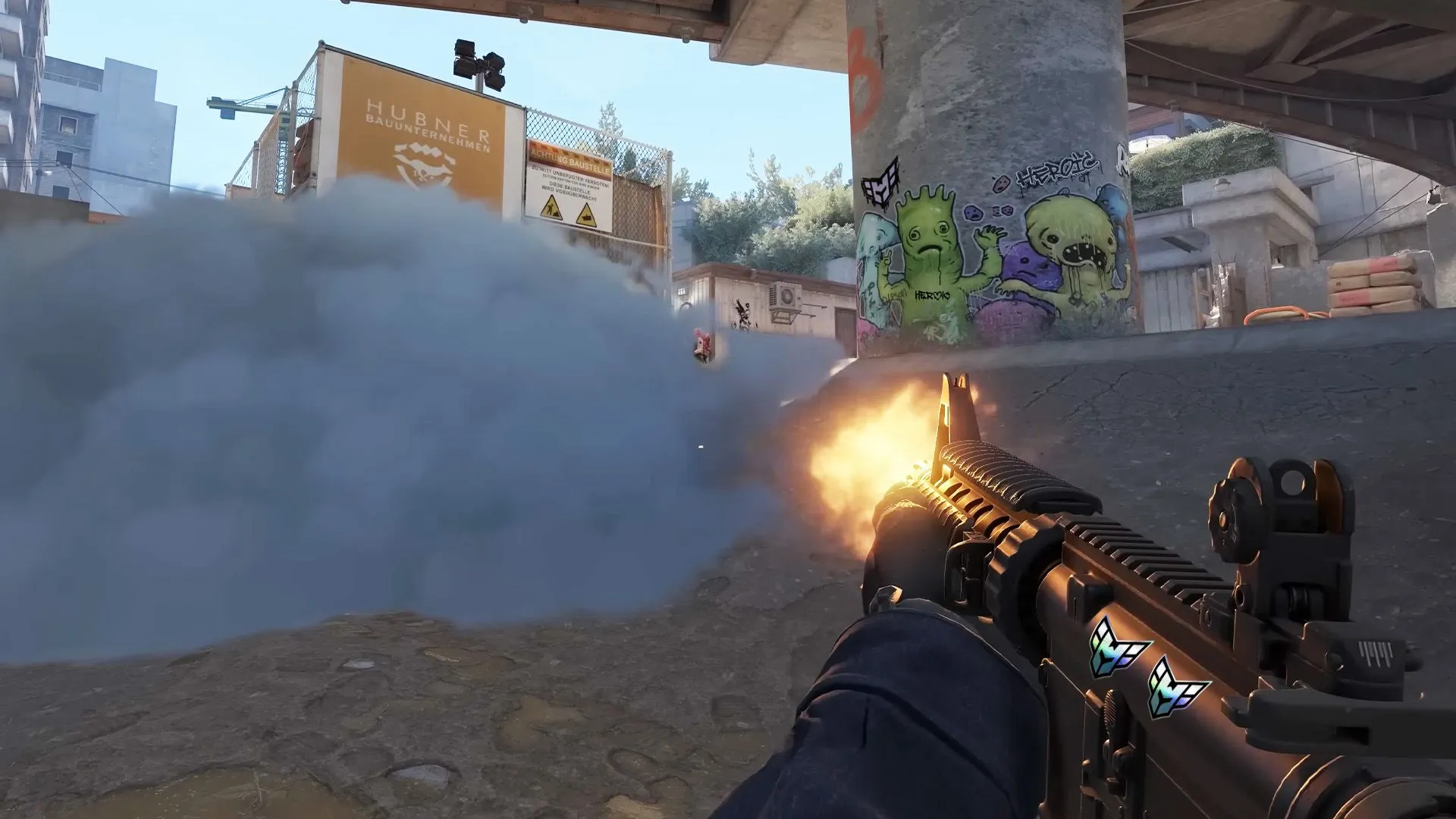
Counter-Strike 2 has finally made its debut, accompanied by several significant alterations introduced by Valve in this sequel. One noteworthy change pertains to how smoke grenades function within the game. Therefore, we've compiled all the essential details you need to comprehend about smoke grenades in CS2.
Following months of eager anticipation, Counter-Strike 2 has been officially launched, providing players with a plethora of new content. This includes revamped maps, enhanced visuals, and impactful gameplay modifications.
Valve's most significant update for Counter-Strike 2 focuses on the mechanics of smoke grenades. Thanks to improvements in the game's engine, smoke grenades are now considerably more responsive and are directly influenced by bullets, lighting, and various objects within the game's environment.
This transformation has rendered them a more dynamic element within the game, departing from the original CS:GO as they now function as three-dimensional entities. To provide you with a comprehensive understanding of how smokes operate in Counter-Strike 2, we've outlined everything you need to know.

How Smoke Grenades Function in Counter-Strike 2
In Counter-Strike 2, smoke grenades now expand to fill available spaces on the map. Additionally, all players observe the same smoke effect on their screens.
Previously, players could create one-way smokes, allowing some to see through certain parts of the smoke while completely obstructing the vision of others. In earlier iterations of Counter-Strike, smokes could be inconsistent in terms of how much they expanded and the extent to which they obstructed vision from the same position.
The most significant change introduced in Counter-Strike 2 pertains to the interaction between smokes and firearms and grenades.

In CS:GO, shooting through smoke or throwing grenades into a smoke cloud produced minimal effects. However, in Counter-Strike 2, the smoke plumes can be pierced by gunfire, allowing players to create openings for visibility by shooting or using grenades to disperse the smoke rapidly before it naturally dissipates.
These alterations are poised to exert a profound influence on gameplay tactics, both in casual and competitive contexts.








